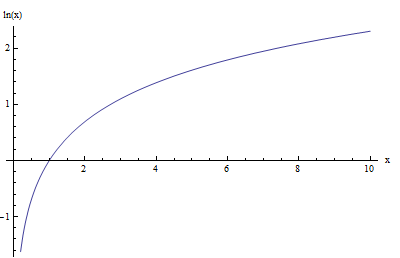Use the rent data in the excel worksheet contest.xls from the link "Problem Set 5 Prediction Contest Data"
Use the rent data in the excel worksheet contest.xls from the link "Problem Set 5 Prediction Contest Data" to answer question 1. This data is for 796 apartments in Chicago in 1999 and contains the following variables: monthly rent in dollars, number of bathrooms, the year the apartment’s building was built, square feet (in100s), an indicator equal to one if the apartment has air conditioning and zero otherwise, an indicator equal to one if the apartment comes with a parking space and zero otherwise, and the number of rooms in the apartment. The data has already been divided into two parts for an out-of-sample prediction performance comparison. The 696 data points on the sheet labeled "Estimation Sample" are the estimation sample and the remaining 100 observations on the sheet labeled "Prediction Testing Sample" are the testing sample set aside for prediction comparisons.
- Suppose that you have decided to enter the "Try and Out predict Guy (and all the other study groups)" contest. The goal of this contest is to build a regression model for rents to use for predicting rents given apartment characteristics that outperforms Guy’s favorite regression model and those of the other study groups.
- First, using the 696 observations in your estimation sample, replicate Guy’s favorite rent regression. This is a regression of rent upon a constant, number of bathrooms, square feet, number of rooms, number of rooms squared, and an indicator for whether it has air conditioning.
-
Using your knowledge of rental apartments, construct two different regression specifications to use to predict rents (hopefully better than Guy’s) as a function of the apartments’ characteristics. Define variables, write out a regression equations, and
then estimate both using the 696 observations in the estimation sample. Present point estimates, standard errors, and r-squared for these two regressions. - Now use both Guy’s regression estimates and your two sets of regression estimates to construct predictions for rents for each of the 100 observations in the testing sample. Compute and report sums of the squared prediction errors for all three models: Guy’s and the two you have created. Which model does the best according to this criterion? Summarize the relative performance of your models to Guy’s by computing the ratios of each of your two models sum of squared prediction errors divided by the sum of squared prediction errors for Guy’s model.
- Choose the best model from the competition you conducted in part (c) to be your contest entry specification. In order to get the most precise estimates of the parameters in your entry specification, re-estimate this model using BOTH the estimation sample and the prediction testing sample: all 796 observations. Report your estimated parameters and R-squared on your homework write-up. Also, make an electronic copy of your parameter estimates in a clearly labeled excel worksheet.
Deliverable: Word Document



![[Step-by-Step] (Decision Analysis) Willy Wheels has invented a [Step-by-Step] (Decision Analysis) Willy Wheels has invented](/images/solutions/MC-solution-library-80457.jpg)

![[See Solution] GADGET TOY COMPANY Gadget Toy Company’s head office [See Solution] GADGET TOY COMPANY Gadget Toy](/images/solutions/MC-solution-library-80459.jpg)

